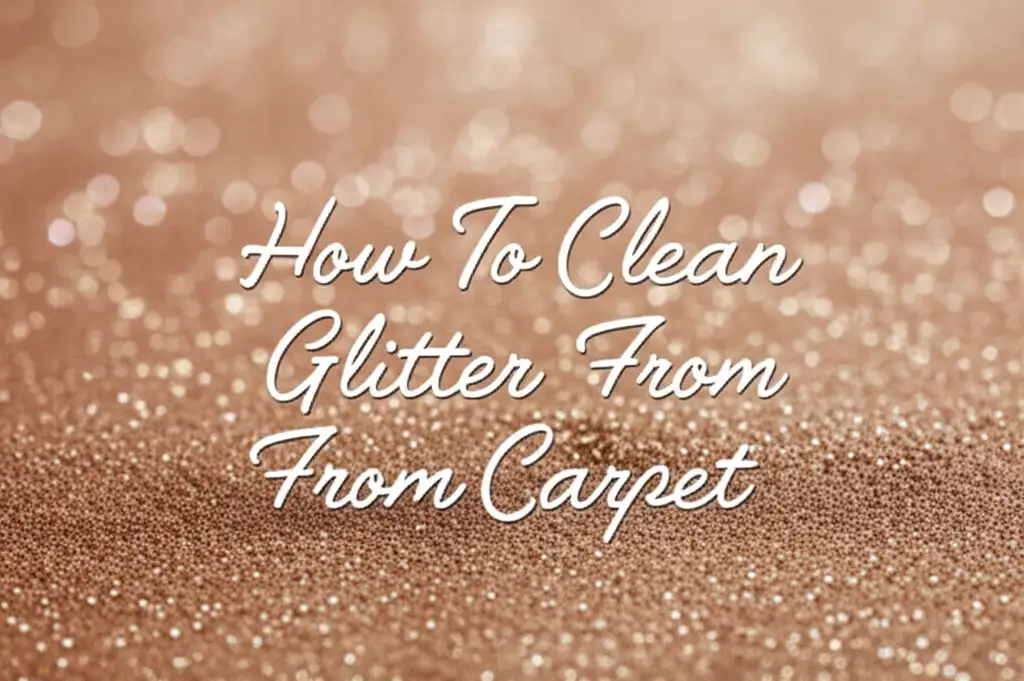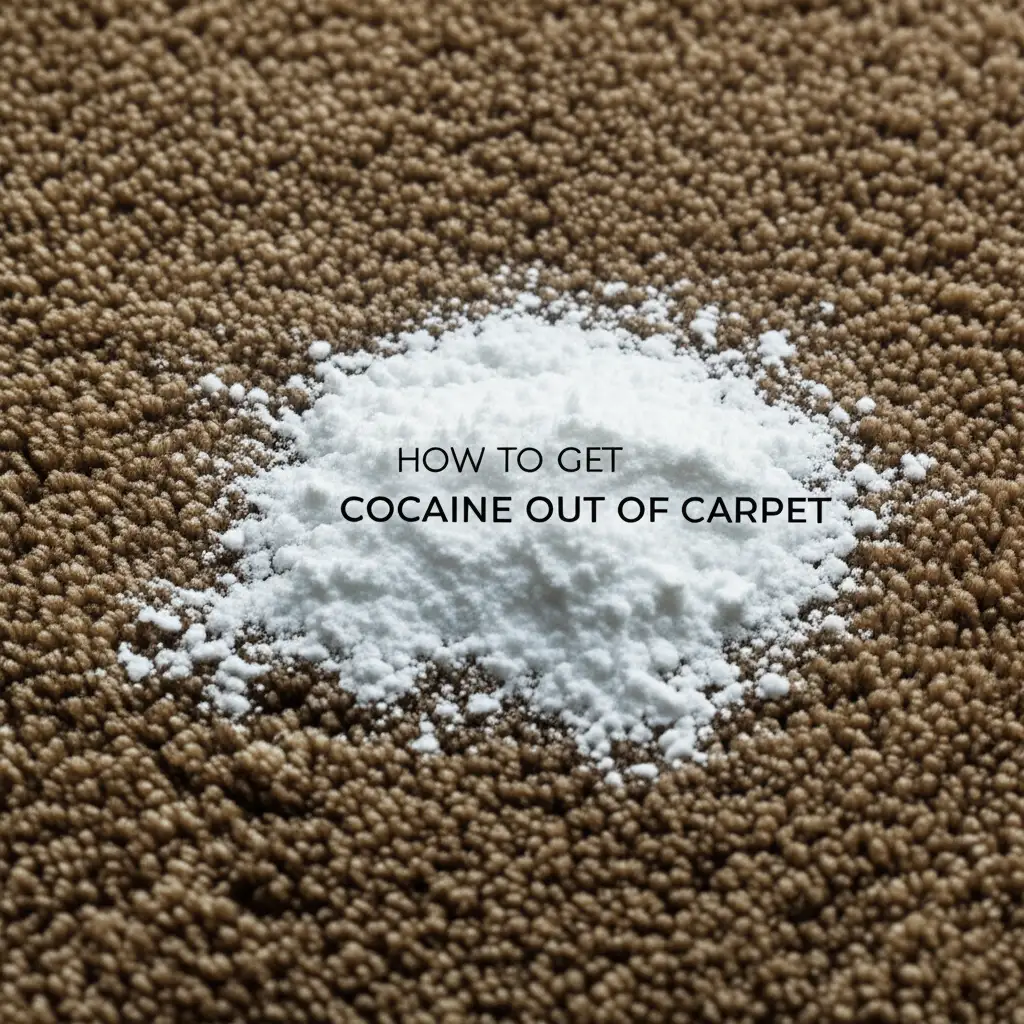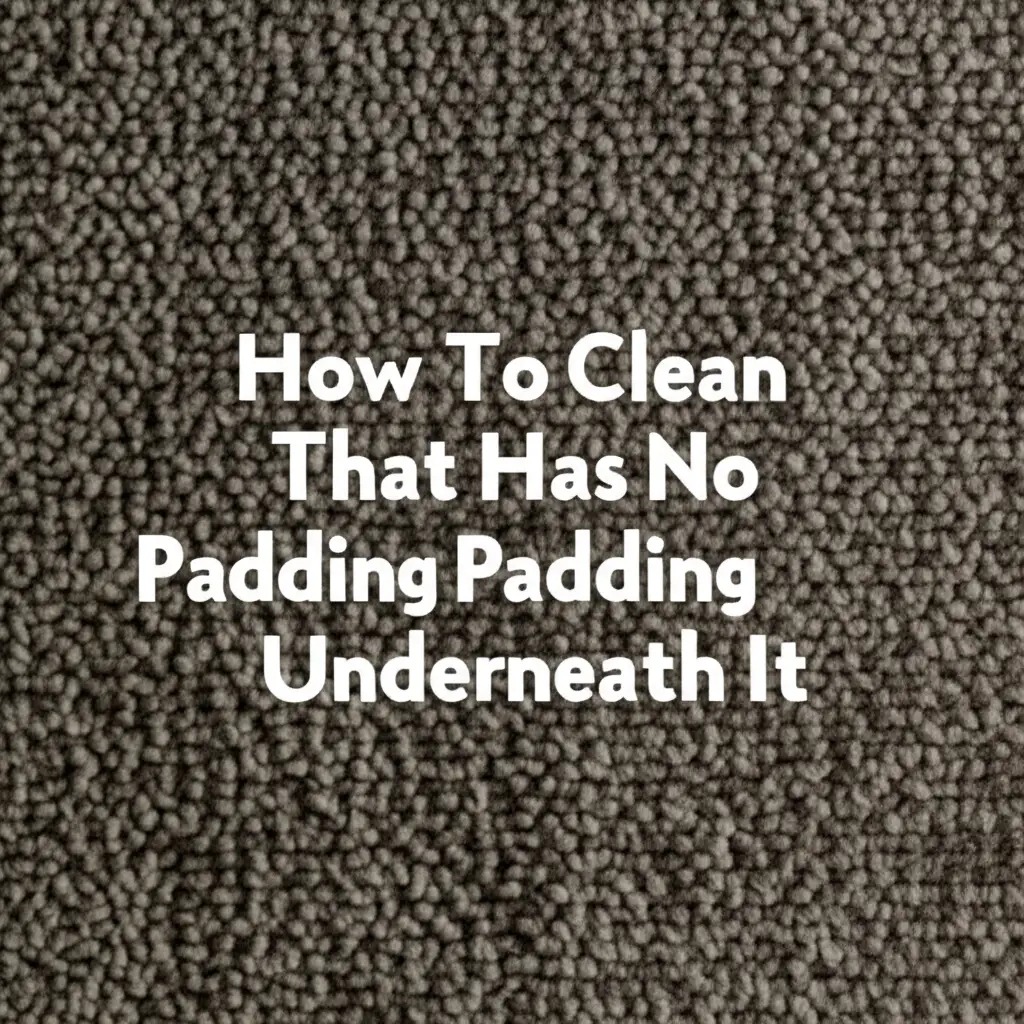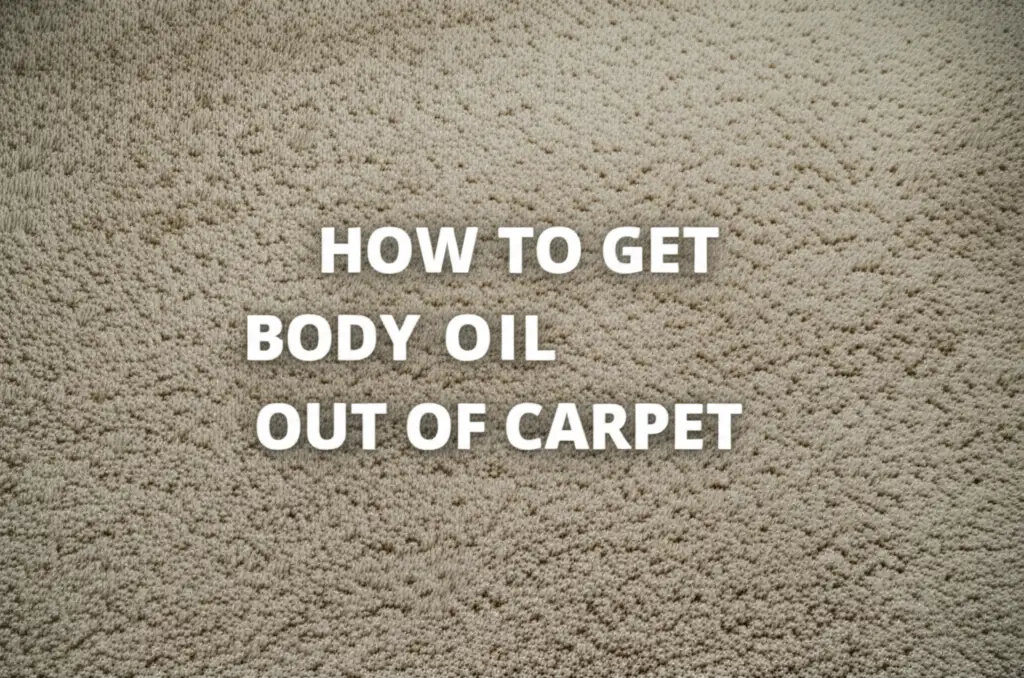· Elira Thomsen · Home Cleaning · 11 min read
How To Clean Area Rugs Inside
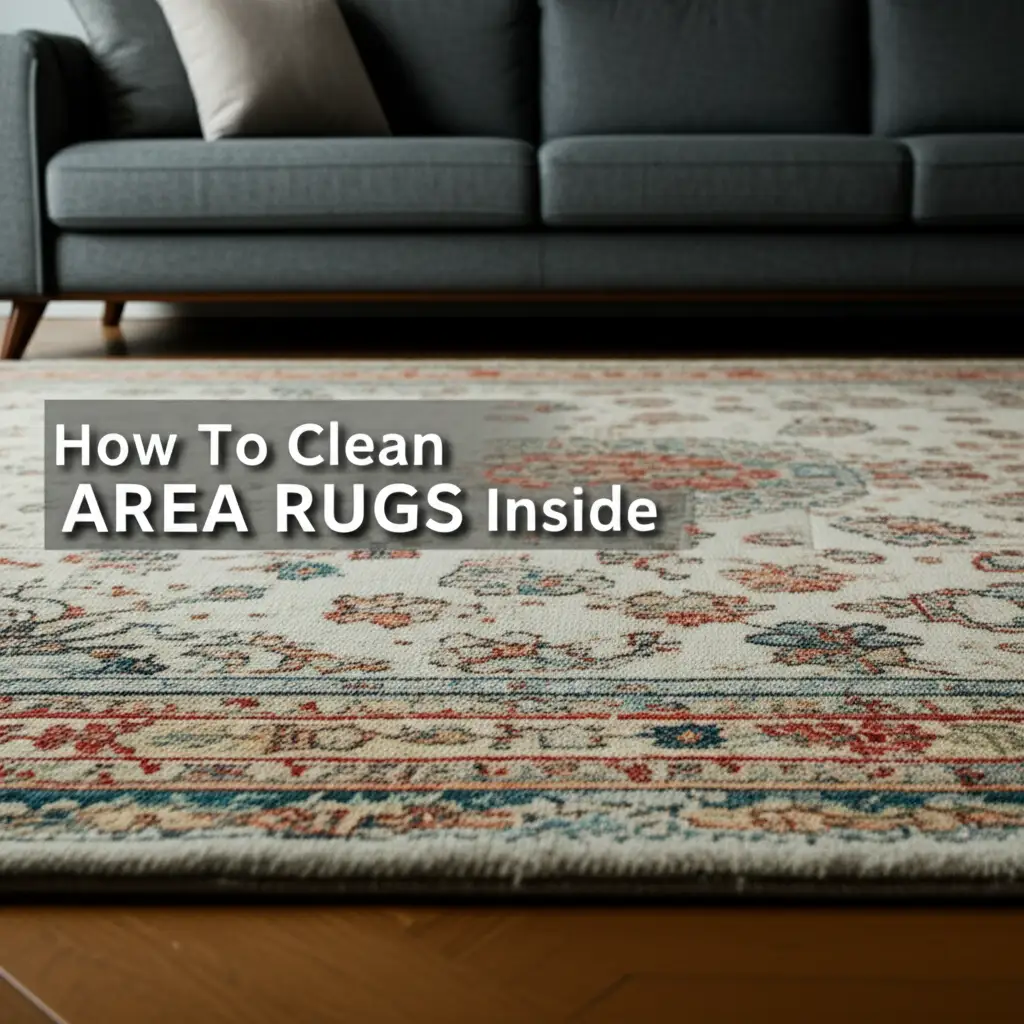
Keep Your Area Rugs Clean Inside: A Full Guide
Area rugs add warmth, style, and comfort to any room. However, they also collect dirt, dust, and spills daily. Keeping them clean is important for both their appearance and the air quality in your home. I often wonder how to make my rugs look new again. This guide provides clear steps on how to clean area rugs inside your home effectively. We will cover different rug types, routine care, spot treatment, and deep cleaning methods.
Takeaway
- Identify your rug’s material for proper cleaning methods.
- Vacuum regularly to prevent dirt buildup.
- Treat spills immediately by blotting, not rubbing.
- Deep clean using appropriate methods like shampooing or steam cleaning.
- Use baking soda or vinegar for odor removal.
- Protect rugs with pads and entryway mats to extend their life.
To clean area rugs inside, identify the rug’s material first. Then, vacuum regularly to remove loose dirt. Address spills immediately with a blotting technique and suitable cleaning solutions. Periodically deep clean the rug using a shampooer, steamer, or dry cleaning powder, depending on its type and soil level.
Understanding Your Area Rug Type Before Cleaning
Knowing your area rug’s material is the first step before any cleaning. Different fibers require different care methods. Using the wrong product or technique can damage your rug permanently. I always check the care label first.
Synthetic Rugs: Easy Care
Synthetic rugs, like those made from nylon, polyester, or polypropylene, are durable. They resist stains well and are generally easy to clean. You can often use water-based cleaning solutions on them. These rugs stand up to more aggressive cleaning methods.
For instance, polypropylene rugs are highly moisture-resistant. This makes them good for high-traffic areas. Polyester rugs are soft and stain-resistant, but they can be sensitive to heat. Nylon rugs are very strong and durable. They handle frequent cleaning well.
Natural Fiber Rugs: Gentle Touch
Natural fiber rugs need gentler care. Wool, cotton, jute, and sisal are common natural materials. Each has specific needs. Wool rugs are durable but can shrink or felt with too much water. Cotton rugs are absorbent and can be machine-washed if small enough. Jute and sisal rugs are delicate. They need very little moisture to prevent damage. Cleaning an area wool rug requires specific attention to avoid damage. Always test cleaning solutions in a hidden spot. This step prevents unexpected color changes or material damage.
Everyday Care: Regular Vacuuming for Area Rugs
Regular vacuuming is the simplest and most important step for maintaining your area rugs. Dirt and dust settle deep into rug fibers. Vacuuming removes these particles before they become embedded. This prevents premature wear and tear on your rug.
Right Vacuuming Techniques
Use a vacuum cleaner with strong suction. Adjust the brush height for your rug type. High pile rugs need a higher brush setting. Low pile rugs can use a lower setting. Vacuum slowly in multiple directions. This helps lift deeply embedded dirt.
For fringed rugs, lift the fringe before vacuuming to avoid tangling. I always take my time with this step. If your vacuum has a beater bar, turn it off for delicate rugs. A beater bar can damage natural fibers or pull threads. You can also use a vacuum without a beater bar for these types. You are not only supposed to vacuum rugs but combine it with other care methods.
How Often to Vacuum
The frequency of vacuuming depends on foot traffic. In high-traffic areas, vacuum daily or every other day. This includes entryways and living rooms. For moderate traffic areas, vacuum two to three times a week. Bedrooms with less traffic might only need weekly vacuuming. Pets and children increase the need for frequent vacuuming. Their activity tracks in more dirt and dander. Regular vacuuming also helps manage pet hair.
Spot Cleaning Spills and Stains on Area Rugs
Accidents happen, and spills are inevitable on area rugs. Quick action is crucial for successful spot cleaning. The longer a stain sits, the harder it is to remove. I always keep a cleaning kit handy for emergencies.
Blot, Don’t Rub
When a spill occurs, act immediately. Grab a clean white cloth or paper towel. Gently blot the spill from the outside in. Do not rub the stain. Rubbing pushes the spill deeper into the rug fibers. It can also spread the stain.
Continue blotting until no more liquid transfers to the cloth. For solid spills, like food, scrape off excess material first. Use a dull knife or spoon. Then proceed with blotting any remaining residue.
Common Household Solutions
For most fresh spills, water and a mild dish soap solution work well. Mix a small amount of dish soap with water. Apply it to a clean cloth, then blot the stain. Rinse the area by blotting with a damp cloth until soap residue is gone. For tougher stains, consider specialized rug stain removers. Always test any cleaner in an inconspicuous area first. This prevents potential damage or discoloration.
Dealing with Pet Accidents
Pet urine can cause strong odors and stains. Blot up as much urine as possible immediately. Use paper towels or old rags. Then, apply an enzyme cleaner designed for pet stains. These cleaners break down the uric acid crystals causing the odor. Let the cleaner sit for the time recommended on the bottle.
Blot the area dry afterward. Avoid using ammonia-based cleaners. They can attract pets back to the same spot. For severe pet odors or stains, professional cleaning might be necessary.
Deep Cleaning Your Area Rugs Inside: Methods and Tips
Routine vacuuming and spot cleaning maintain your rug’s surface. However, area rugs need deep cleaning periodically. This removes embedded dirt, allergens, and odors that daily care cannot reach. The frequency depends on use and foot traffic. A deep clean can refresh your entire living space.
Shampooing Method
Shampooing involves applying a cleaning solution, scrubbing the rug, and then extracting the dirty water. You can rent a rug shampooer or buy one. Always follow the machine’s instructions. Mix the cleaning solution according to the product label. Apply it evenly over the rug.
Work in small sections. Avoid oversaturating the rug, especially natural fibers. Excessive moisture can lead to mold or damage. Use the extraction function to remove as much water as possible. Allow the rug to air dry completely. Proper drying prevents mildew and odors. You might be surprised by how much dirt comes out.
Steam Cleaning for Rugs
Steam cleaning uses hot water and cleaning solution under pressure. It cleans deep into the rug fibers. This method is effective for sanitizing and removing tough dirt. Many home steam cleaners are available for purchase. Ensure your rug material can withstand steam. Some natural fibers, like wool, can shrink or become damaged by high heat.
Fill the steam cleaner with water and solution. Move the cleaner slowly over the rug in overlapping passes. Extract the water thoroughly. Ventilate the room well during and after cleaning. This helps the rug dry faster. Small cotton rugs, often called June rugs, can sometimes be washed in a washing machine, but larger ones require different methods. Check if June rugs can go in a washing machine for specific care.
Dry Cleaning Powders
Dry cleaning powders offer an alternative for delicate rugs or when you want to avoid moisture. These powders contain absorbents and cleaning agents. Sprinkle the powder evenly over the rug. Allow it to sit for the recommended time, usually 30 minutes to an hour. The powder absorbs dirt and odors.
Then, vacuum the powder thoroughly from the rug. This method is good for wool, silk, or other water-sensitive rugs. It leaves the rug dry and ready for use immediately. While less aggressive than wet methods, it effectively freshens rugs. For persistent issues like moths in wool rugs, specific treatments are needed beyond general cleaning. Learn how to get rid of moths in wool rugs for targeted solutions.
Odor Removal and Freshness for Indoor Rugs
Area rugs can absorb odors from pets, cooking, and everyday life. Even with regular cleaning, lingering smells can develop. Removing these odors is important for a fresh-smelling home. I find simple household items work best for this.
Baking Soda Power
Baking soda is a natural deodorizer. It absorbs odors rather than masking them. Sprinkle a generous amount of baking soda evenly over your rug. Make sure it covers the affected areas. For very strong odors, you can gently brush the baking soda into the fibers.
Let the baking soda sit on the rug for several hours. Overnight is even better. The longer it sits, the more odors it absorbs. Then, vacuum the baking soda thoroughly. You will notice a significant improvement in freshness. This method is safe for almost all rug types.
Vinegar Solutions for Odors
White vinegar is another powerful deodorizer and mild disinfectant. Mix equal parts white vinegar and water in a spray bottle. Lightly mist the affected area of the rug. Do not oversaturate the rug, especially if it is made of natural fibers. Vinegar neutralizes odors.
The vinegar smell will dissipate as it dries. You can also add a few drops of essential oil for a pleasant scent. Let the rug air dry completely. This method is particularly effective for pet odors. Always test the vinegar solution on a small, hidden spot first. This checks for colorfastness.
Protecting Your Area Rugs: Prevention Is Key
Cleaning your area rugs is important. However, preventing them from getting too dirty in the first place saves a lot of effort. Proactive measures extend your rug’s life and keep it looking better for longer. I learned that prevention truly is easier than cleaning later.
Rug Pads and Placement
Using a rug pad under your area rug offers multiple benefits. A good rug pad prevents the rug from slipping. This increases safety. It also provides cushioning, making the rug feel softer underfoot. Importantly, a rug pad acts as a barrier. It protects the rug from wear and tear. The pad prevents dirt from settling directly onto your floor beneath the rug.
Furthermore, a rug pad allows air circulation. This helps prevent moisture buildup. Moisture can lead to mold or mildew under the rug. Correct placement in a room also helps. Position rugs away from direct sunlight if they are prone to fading. Consider using smaller rugs in very high-traffic areas that can be cleaned or replaced more easily. For proper setup, you might consider how to tape an area rug to a carpet pad for added stability.
Entryway Mats
Place sturdy doormats at all entry points to your home. These mats trap dirt, dust, and moisture from shoes before they enter your living space. This significantly reduces the amount of grime tracked onto your area rugs. Choose mats with abrasive surfaces that can effectively scrape dirt off shoes.
Shake out or vacuum these entryway mats regularly. This keeps them effective. A clean doormat means less dirt reaches your indoor rugs. This simple step is a powerful first line of defense against dirt and debris. It keeps your interior rugs cleaner for longer periods.
FAQ Section
Can you wash area rugs in a washing machine?
You can wash some small area rugs in a washing machine. Check the rug’s care label first. If the label says “machine washable,” use a gentle cycle with cold water and mild detergent. Ensure your washing machine has enough capacity for the rug’s size. Hang the rug to air dry completely to prevent damage or shrinkage.
How often should I deep clean my area rug?
Deep clean your area rug every 12 to 18 months. This frequency is good for typical household use. If you have pets, children, or high foot traffic, you might need to deep clean every 6 to 12 months. Regular vacuuming between deep cleans helps maintain cleanliness.
What is the best way to remove pet odors from an area rug?
For pet odors, enzyme cleaners are best. These cleaners break down the odor-causing molecules in pet urine. Sprinkle baking soda liberally over the affected area, let it sit overnight, then vacuum it up. You can also lightly mist the area with a white vinegar and water solution.
Is professional cleaning necessary for area rugs?
Professional cleaning is not always necessary but is beneficial. For very large rugs, antique rugs, or rugs made of delicate materials like silk, professional cleaning is recommended. Professionals have specialized equipment and knowledge to clean these rugs safely and thoroughly, extending their lifespan.
Can I use a carpet cleaner on all types of area rugs?
No, you cannot use a carpet cleaner on all types of area rugs. Carpet cleaners use water and sometimes heat, which can damage delicate fibers like wool, silk, or jute. Always check the rug’s care label. Test the cleaner on an inconspicuous area first. For sensitive rugs, dry cleaning powders or professional services are safer options.
Conclusion
Keeping your area rugs clean inside your home is simpler than it seems. It requires a combination of regular care and targeted cleaning methods. Understanding your rug’s material is the first crucial step. Daily vacuuming prevents dirt buildup, while immediate spot treatment tackles spills. Deep cleaning methods, whether shampooing or using dry powders, rejuvenate your rugs. I have found that a consistent cleaning routine makes a big difference.
Using baking soda or vinegar effectively removes lingering odors, making your home smell fresh. Furthermore, proactive steps like using rug pads and entryway mats protect your investment. By following these guidelines, you can keep your area rugs looking beautiful and extend their life for many years. Start your routine today and enjoy a cleaner, healthier home environment.


